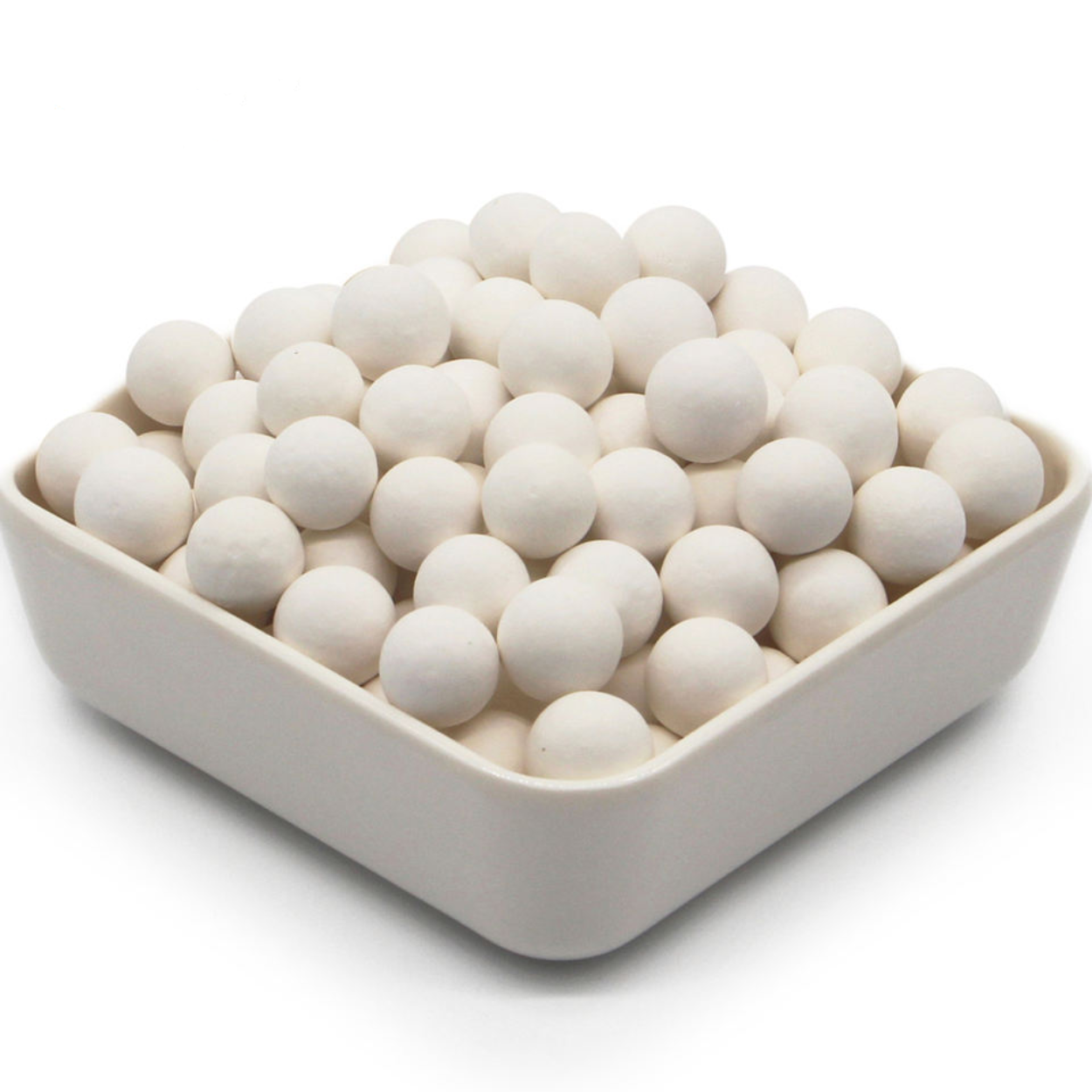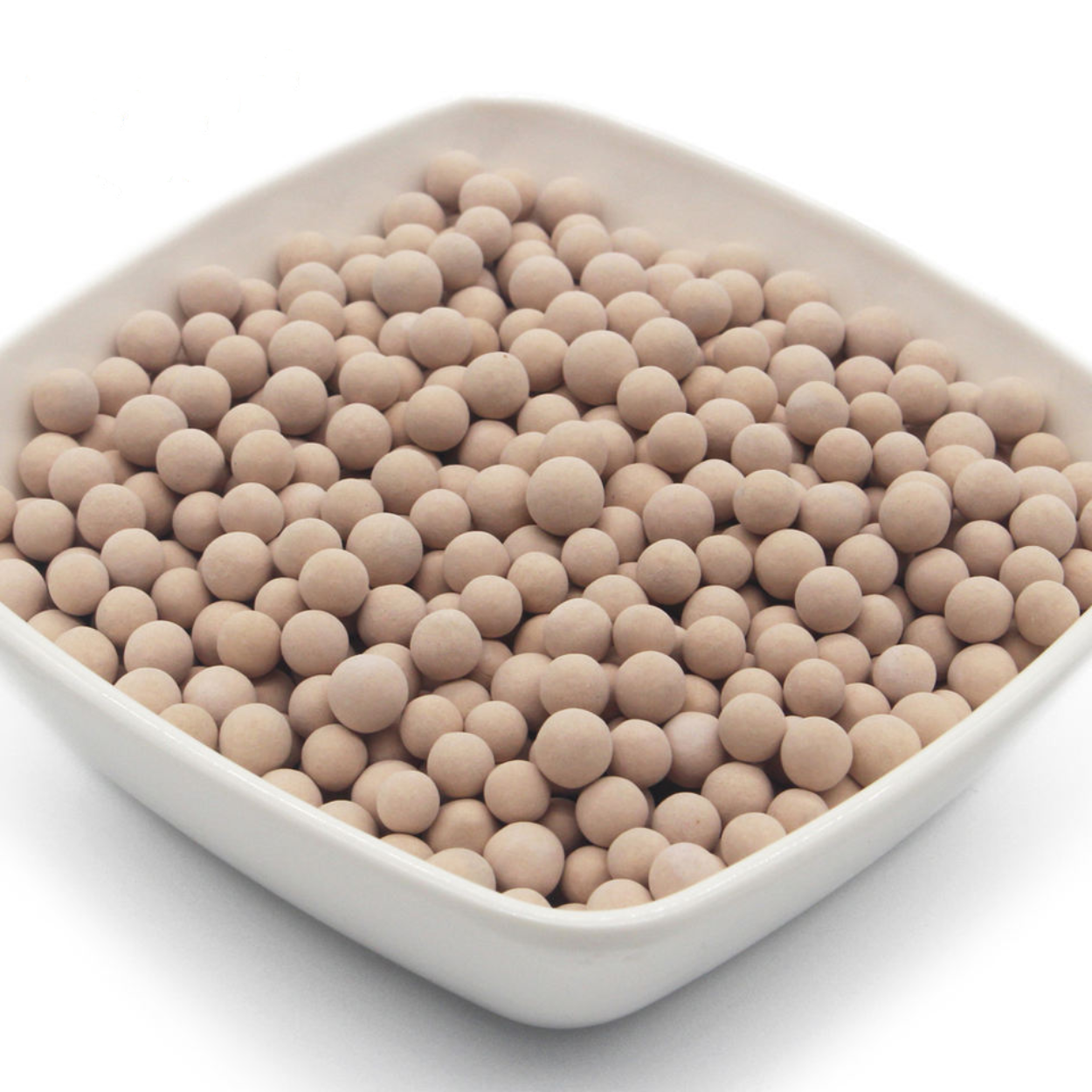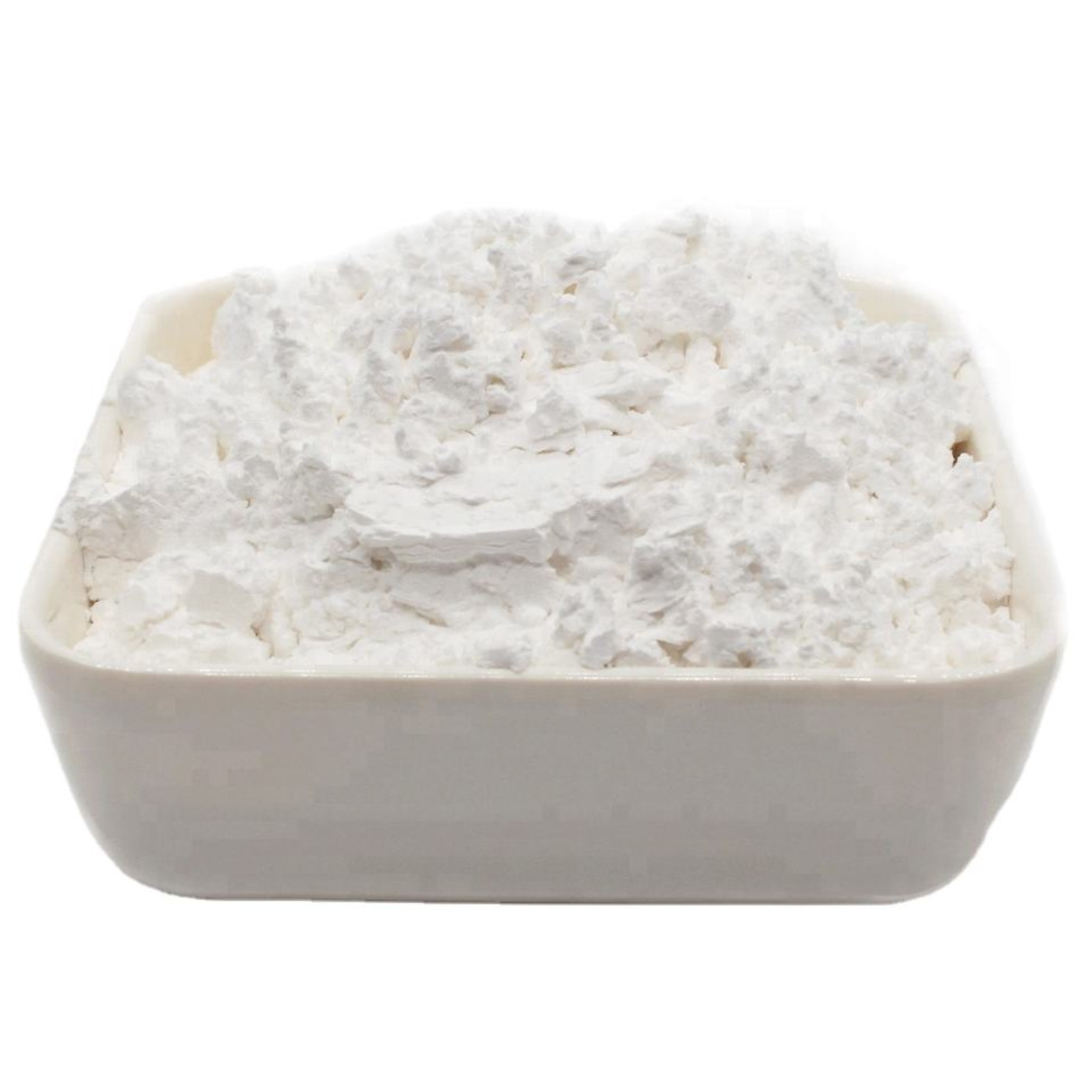
Manufacturer 4A vs 3A Molecular Sieves in LNG Dehydration
LNG dehydration mainly uses 4A molecular sieves for water and hydrocarbon removal, while 3A suits cases needing zero hydrocarbon adsorption.
Due to its unique pore structure and adsorption properties, molecular sieve activated powder is widely used in chemical, environmental, and energy sectors. The article details major synthesis methods such as hydrothermal synthesis, templating, and ion exchange, analyzes key parameters in the activation process (temperature, time, atmosphere), and discusses product characterization and quality standards. Finally, it offers insights into future development directions of preparation technologies.
Molecular sieve activated powder is a porous material with uniform channels, valued for its adsorption capacity, catalytic activity, and ion exchange ability. It’s widely used in gas separation, petrochemical, and environmental applications. With increasing performance demands, its preparation processes are becoming more refined and specialized.
This article presents a comprehensive workflow from raw materials to final product, highlighting key technologies and process control, aiming to provide reference for researchers and engineers. Optimizing production enables powders with specific pore structures, high surface area, and excellent adsorption, tailored for diverse applications.
Production starts with selecting suitable raw materials like silica sources (sodium silicate, silica sol), alumina sources (sodium aluminate, aluminum sulfate), templating agents, and mineralizers. The choice directly affects the product’s structure and performance.
Pretreatment includes grinding and sieving solids, filtering and purifying liquids, and precise stoichiometry to ensure framework integrity. Analytical techniques like XRF and ICP-OES are used to verify composition accuracy.
Synthesis is the core step, mainly through hydrothermal synthesis, templating, and ion exchange.
Hydrothermal synthesis: Pre-treated materials are mixed and crystallized in autoclaves at 100–200°C under self-generated pressure for hours to days, depending on the target zeolite type.
Templating: Organic templating agents (e.g., TPAOH) direct pore formation. pH, temperature, and stirring speed are critical for uniform particle size.
Ion Exchange: Prepared molecular sieves undergo ion exchange with target cation solutions, requiring strict control over temperature, time, and solution concentration. The resulting product is separated by centrifugation or filtration.
Activation removes templating agents and water from pores to develop adsorption properties. Typically, sieves are calcined in furnaces with precise temperature ramping, holding at 450–550°C.
Organic template removal starts at ~200°C with slow heating (1–5°C/min) to avoid pore collapse, with total activation lasting 4–8 hours.
Activation atmosphere is also critical: air is used for thorough template removal, while inert gases (N₂, Ar) are used for oxidation-sensitive sieves. Post-activation, sieves must be stored in dry environments to prevent moisture uptake.
After activation, sieves undergo further processing—milling, classification, and shaping (pelleting, extrusion, granulation)—with binders added as needed for strength.
Strict quality control follows, testing specific surface area (BET), pore volume (N₂ adsorption), adsorption capacity (e.g., N₂, CO₂ uptake), thermal stability, and mechanical strength. XRD confirms crystalline structure, while SEM examines morphology.
A comprehensive quality system, covering raw material inspection, process control, and final product testing, ensures product consistency and performance stability.
Molecular sieve activated powder production is a meticulous process involving precise control at every stage—from raw material selection to final product shaping. With advancements in characterization and process optimization, product performance continues to improve, broadening application areas.
Future trends include greener synthesis routes (reducing templating agents), exploring novel molecular sieve structures, optimizing activation processes for energy efficiency, and developing functional composites for specialized applications. Ongoing innovation will ensure molecular sieve activated powder plays a vital role across industries.
Smith, J.M., et al. (2020). Advances in Zeolite Synthesis and Activation. Journal of Materials Chemistry, 15(3), 245-260.
Zhang, L., & Wang, Y. (2019). Novel Methods for Molecular Sieve Activation. Chemical Engineering Journal, 28(2), 112-125.
Johnson, A.R., et al. (2021). Quality Control in Molecular Sieve Production. Industrial & Engineering Chemistry Research, 40(4), 567-580.

LNG dehydration mainly uses 4A molecular sieves for water and hydrocarbon removal, while 3A suits cases needing zero hydrocarbon adsorption.

Achieve ultra-deep dehydration of cracked gas with 3A molecular sieves—remove water without ethylene/propylene loss, ensuring catalyst life and product purity.

Home Desiccant Activated Alumina for air compressor drying gas purification wholesale Email WhatsApp Product Inroduction: Desiccant Activated Alumina for air

Home Adsorbent Zeolite 13x Molecular Sieve for Removing Odor From LPG in air Freshener Plant Email WhatsApp Product Inroduction: Adsorbent Zeolite
As a leading molecular sieve manufacturer, we share the latest industry news and insights on adsorbents like molecular sieves, sieve powder, and activated alumina.

3A activated powder adsorbing moisture is ideal for polyurethane floor glue in building chemical.

Comprehensive selection guide for 3A/4A molecular sieve powders to control moisture, improve polyurethane strength, and stabilize curing processes.

This article systematically explains the entire production process of molecular sieve activated powder, covering raw material selection and pretreatment, synthesis methods, activation treatment, product processing, and quality control.